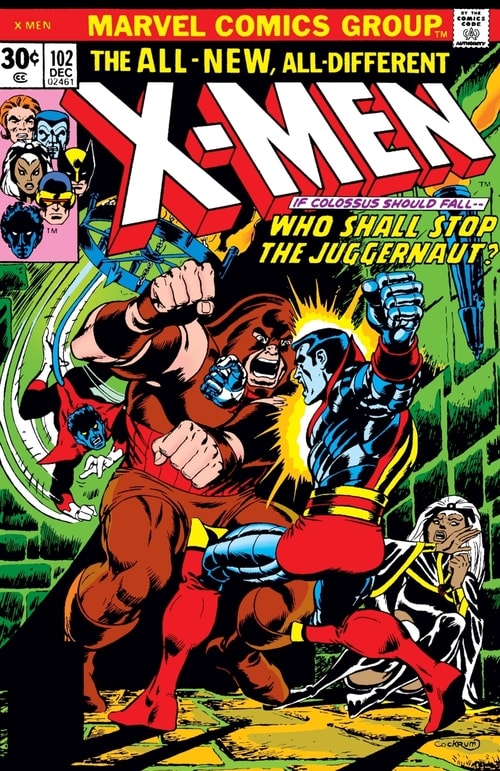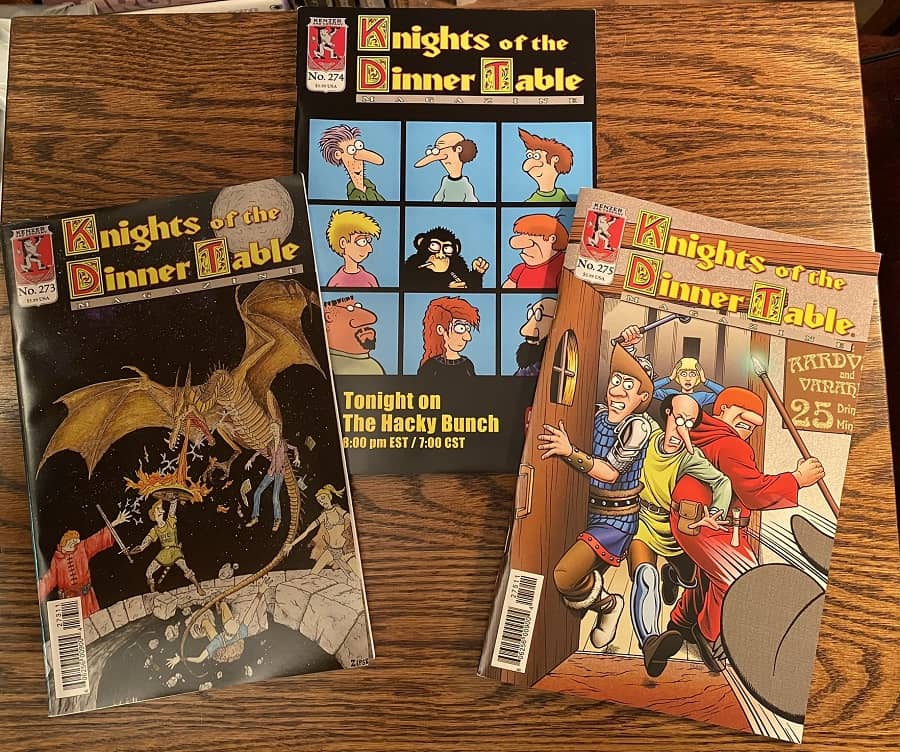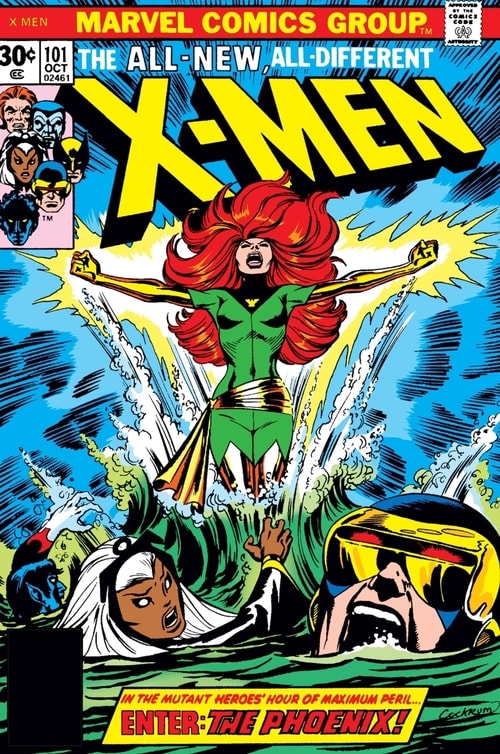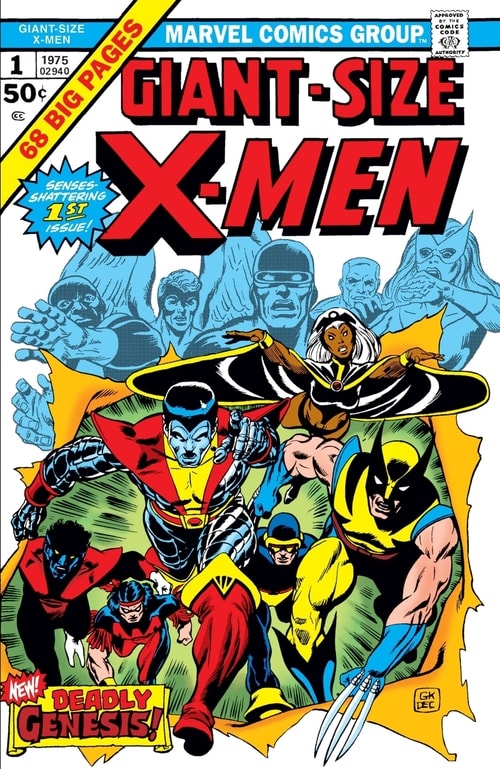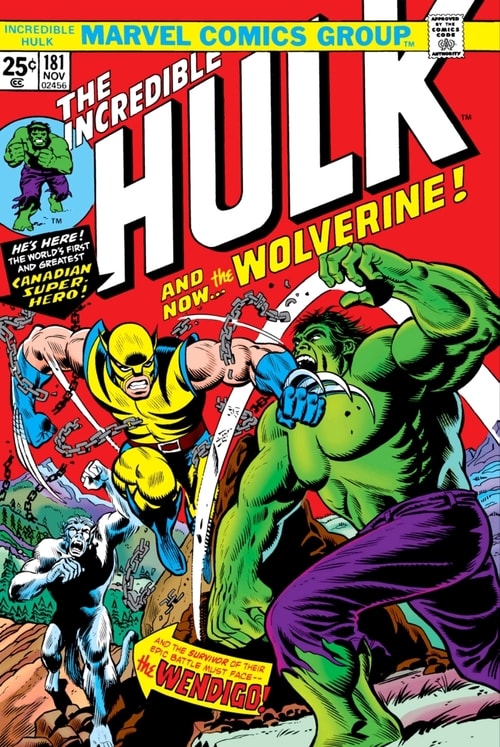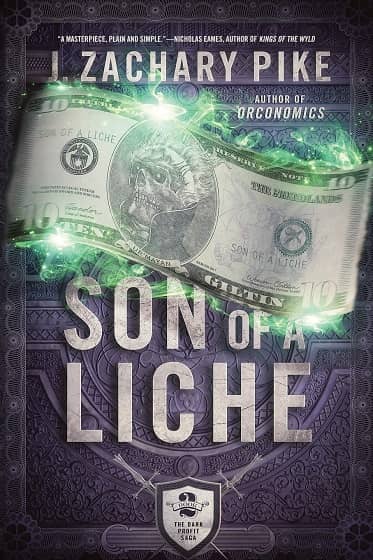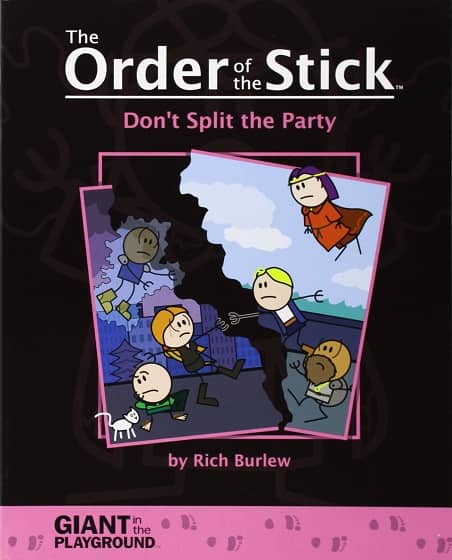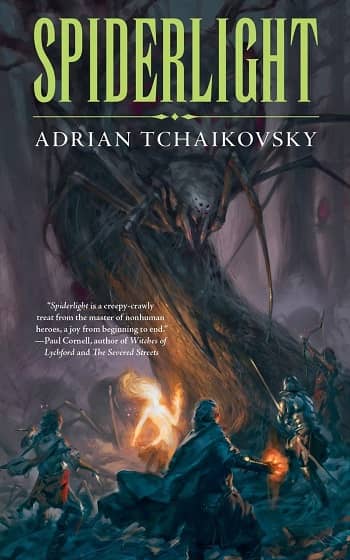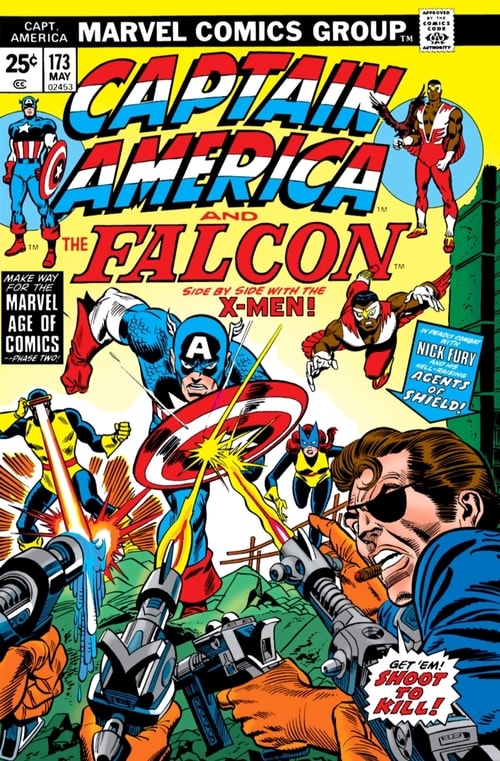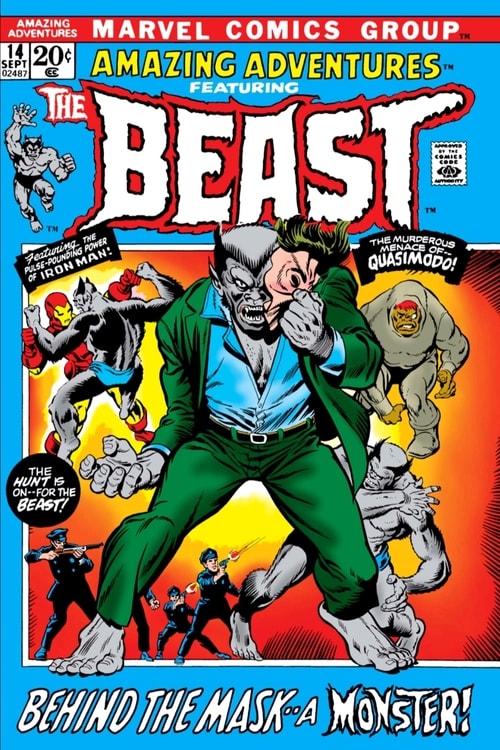Blogging Marvel’s Master of Kung Fu Part Eleven
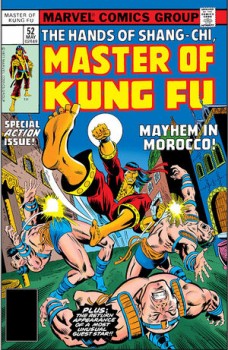
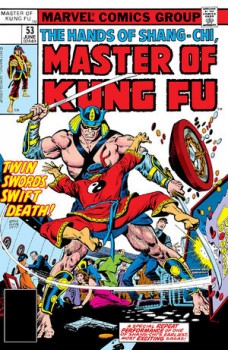 Master of Kung Fu was a critically acclaimed series in 1977, but one which was burning out its creators in their efforts to maintain the high standard of quality in an industry that required juggling numerous assignments each month in order to earn a living. Artist Paul Gulacy had recently departed over the pressure and writer Doug Moench was struggling to keep up with deadlines as well. The series had just concluded an epic eight-part story arc with issue #51 that saw Shang-Chi separated from both his estranged father, Fu Manchu and the mentor who had become his father figure, Sir Denis Nayland Smith. Readers eager to find out what would happen next in Shang-Chi’s life would have to wait 90 days as issue #52 was a flashback to an untold and largely comedic adventure set a year earlier in the continuity while issue #53 was a reprint.
Master of Kung Fu was a critically acclaimed series in 1977, but one which was burning out its creators in their efforts to maintain the high standard of quality in an industry that required juggling numerous assignments each month in order to earn a living. Artist Paul Gulacy had recently departed over the pressure and writer Doug Moench was struggling to keep up with deadlines as well. The series had just concluded an epic eight-part story arc with issue #51 that saw Shang-Chi separated from both his estranged father, Fu Manchu and the mentor who had become his father figure, Sir Denis Nayland Smith. Readers eager to find out what would happen next in Shang-Chi’s life would have to wait 90 days as issue #52 was a flashback to an untold and largely comedic adventure set a year earlier in the continuity while issue #53 was a reprint.
Issue #52 saw the return of Groucho Marx as cabbie, Rufus T. Hackstabber now paired with W. C. Fields as his equally disreputable cousin, Quigley J. Warmflash in a misadventure that seemed better suited to Steve Gerber’s contemporaneous Howard the Duck series. This Moroccan interlude involved the return of rogue Si-Fan agent Tiger-Claw seeking Fu Manchu’s elixir vitae which he believes is hidden inside an elusive antique statuette of an elephant. The story is a fun mash-up of The Marx Brothers, W. C. Fields, Casablanca, and The Maltese Falcon. A man-sized statue of the Black Bird itself can be glimpsed among the bric-a-brac crowding Warmflash’s curio shop. The story features not one, but two spectacular crashes of Hackstabber’s taxi cab and also provides Warmflash with a lovely (but rather dim) nightclub singer/belly dancer daughter, Dinah. A hoot to be sure and returning guest artist Keith Pollard did an excellent job capturing the likenesses of two Golden Age of Hollywood comedy legends, but Tiger-Claw’s return was squandered amidst the barrage of laughs and outrageousness on display.
